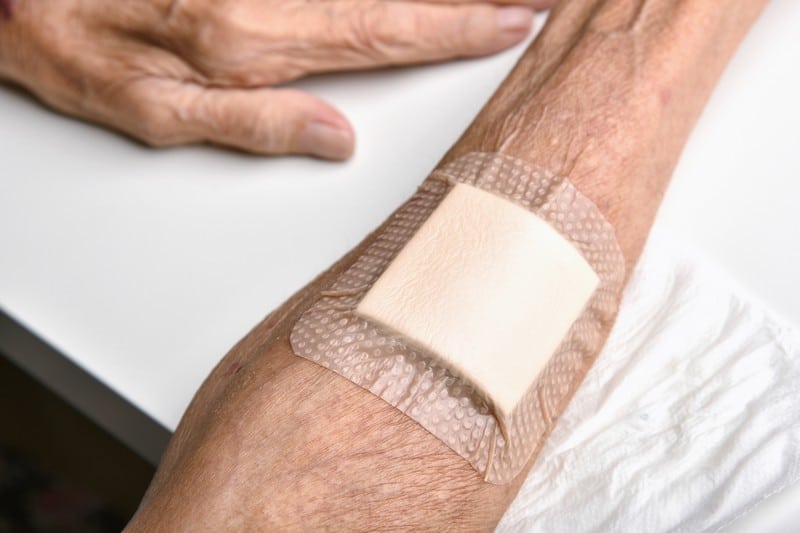Often confused with cellulite, cellulitis is a relatively common skin infection. Despite the name, it is not an infection affecting cellulite. Even those who do not have cellulite can suffer from cellulitis. It is characterized by skin redness, inflammation, and pain in the affected area. It may also be warm and tender to the touch. In some cases, those with cellulitis experience fever and chills. They may also see blisters on the skin.
This condition is typically caused by bacterial infection, specifically the streptococcus and staphylococcus species. It can affect any body part, but the most common site of infection is the lower leg. This is most likely because the lower leg is more exposed to bacteria on the ground.
The likelihood of having cellulitis increases when someone has a weakened immune system, skin infections, and conditions such as eczema and shingles, obesity, chronic swelling, and skin injuries. While it may not be a severe and life-threatening condition, it is essential to treat cellulitis to avoid complications such as osteomyelitis, endocarditis, bacteremia, and sepsis.
Cellulitis is usually treated with prescription antibiotics. However, there are also home remedies for it. Minor cases of cellulitis can be resolved at home without taking antibiotics.
Proper Wound Care

Proper wound care is foremost on the list of things to do when dealing with cellulitis. Sometimes, all that is needed is to ensure that the wounds are kept clean to facilitate healing. Cleaning with soap and water is generally enough, as it effectively dislodges microbes from wounds.
Using alcohol, povidone-iodine, and hydrogen peroxide is unnecessary for microbial cleaning. These substances only damage the skin and slow down the healing process.
Instead of using alcohol and hydrogen peroxide, it is preferable to use antibacterial cream or ointment on the wound. Over-the-counter antibiotic creams such as Neosporin or Polysporin do not only prevent infections. These topical medications also help keep the skin moist and control itching. Often, itching makes those who have cellulitis scratch their wounds unwittingly, which worsens the condition and delays healing.
After cleaning, it is advisable to bandage or cover the wounds unless they are already dry and are unlikely to be affected when in contact with clothes. If there is wound drainage, it is necessary to keep it under control. This is for hygiene purposes and to prevent bacterial infection, if there is any, from spreading.










